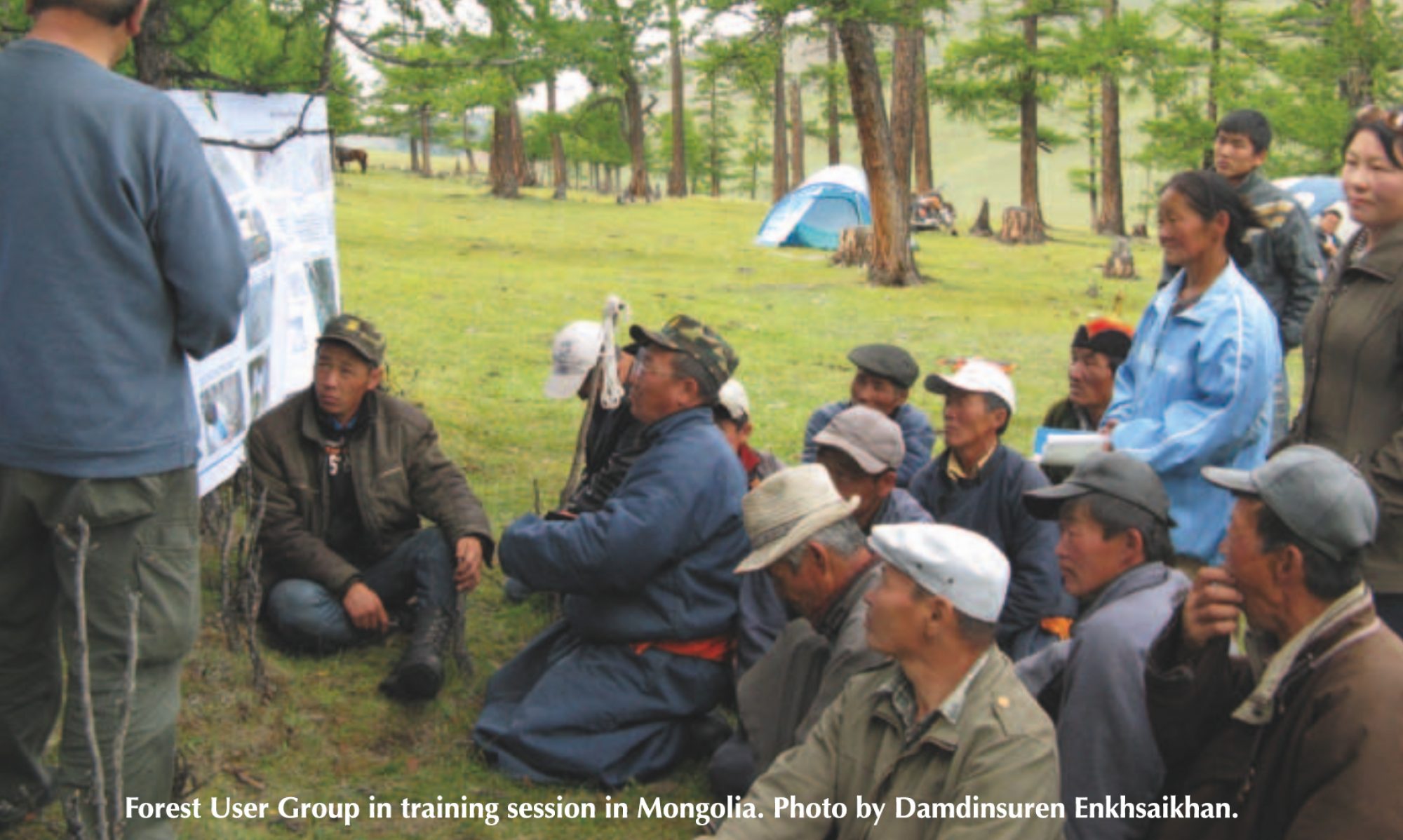
One way to ensure the success of CBFMs is to make sure local communities have a way to make a sustainable living. As can be seen in the Social Business Model Canvas below, setting up a company that uses only sustainably sourced products that include furniture and home decorations that come from Community Based Forest Program participants and communities is a way to help these communities.
Every decade people in developing countries face food and water shortages as well as lack of sanitation. This is because they live in remote areas and lack the means to make a living. Our business will solve this problem by providing a market to CBFM participants and communities so they can use their local forests in sustainable ways to provide wood and handmade products to consumers in developed countries who are willing to pay a higher price in order to be a socially conscious shopper. Unlike mass produced products, our product will benefit both the environment and CBFM communities because of it commitment to sustainable use and fair trade practices.
The Customer Value Proposition is to provide market-based solutions to poverty. The Value proposition is to see wood furniture and home decorations to higher income people in developed countries. Our customer is aware of poverty in developing countries and is concerned about global warming and looks for way to help out. We solve this problem by selling products that help CBFM participants raise their standard of living and also put in place ways to have sustainable forest use that helps keep forests intact in order to help slow global warming. Unlike mass produced products we deliver fair trade, Forest Stewardship Council certified furniture and home decoration products. The Beneficiary Segments are the CBFM participants and their families as well as the entire community since the standard of living is increased. Some funds go to the committee itself for community level improvement including providing access to clean water and sanitation where needed. In terms of Impact, tracking the number of families receiving income from the products and how much they receive the number of acres that retain their forests and the number of people who receive clean water and sanitation provides information on the success of the program. Partners and Key Stakeholder are the CBFM Committees, business partnerships with companies that sell the furniture and home decorations, and donors who help to set up the program.
The products would include wood furniture and home decorations including baskets and bowls. In terms of Life Cycle, the materials would come from forests under CBFM systems and would have to be used in a way that would keep the forests sustainable so wood could only be used from a forest where deforestation is not allowed. Other products such as baskets and bowls would have to be made from resources that can be used sustainably. The manufacturing of the wood products takes place in developed countries and would be Greengard certified which means they meet chemical safety standards which make sure they do not contain VOCs which pollute indoor air. Distribution of goods would be through ground and air transportation which does put off carbon emissions, but since the goal is to protect as much forest area as possible while at the same time raising the standard of living of local communities, this would be a tradeoff that has to be made. Use of the products should not contribute to environmental problems, since there is not energy involved and does not require much cleaning, but Disposal of the products will contribute to landfills unless the products are reclaimed in order to be made into new products.[1]
Since Supply Chains often account for 65% to 95% of a companies total emissions, we would look to only partner with companies that use low carbon technologies and that have waste reduction programs in place.[2] Further we would seek to work with companies that provide workers with a living wage.
The economic benefits of our company would be to improve the livelihoods of CBFM communities and allow them to invest in their communities, which would raise the standard of living of participants and their communities. Additionally, forests would be preserved to help slow global warming, which has additional economic benefits in terms of money saved from mitigation and adaptation to climate change. The social benefits would take place for both the consumer and providers. Wealthier consumers who are concerned about the environment can purchase furniture and decorations that sustain forests while at the same time helping to lift people’s standard of living. For the CBFM participants, funds can be used for food and to make water more easily available which has a positive impact on all members. Children might have the time for education and improved sanitation would allow communities to have fewer illnesses.
This is a Sustainable Solution since it meets our definition of Sustainability:
- It meets the needs of present generation without compromising the needs of future generations.
- It protects the health of natural systems and biodiversity.
- It helps equitable economic development by empowering people to meet their own needs.
- It helps elevate the standard of living for people in developing countries.
- And it has measurable indicators.
Bibliography
“Supply Chains Cause 90% of Companies’ Environmental Impacts. How Can They Be Improved?” CSR and Sustainable Development Commitments Media Platform. Web. October 27, 2019. https://youmatter.world/en/sustainability-supply-chain-27935/.
“What is a Life Cycle Analysis and Why is it Useful? Population Education: A Program of Population Connection. Web. October 27, 2019. https://populationeducation.org/what-is-a-life-cycle-analysis-and-why-is-it-useful/.
[1] “What is a Life Cycle Analysis and Why is it Useful? Population Education: A Program of Population Connection. Web. October 27, 2019. https://youmatter.world/en/sustainability-supply-chain-27935/.
[2] “Supply Chains Cause 90% of Companies’ Environmental Impacts. How Can They Be Improved?” CSR and Sustainable Development Commitments Media Platform. Web. October 27, 2019. https://youmatter.world/en/sustainability-supply-chain-27935/.
